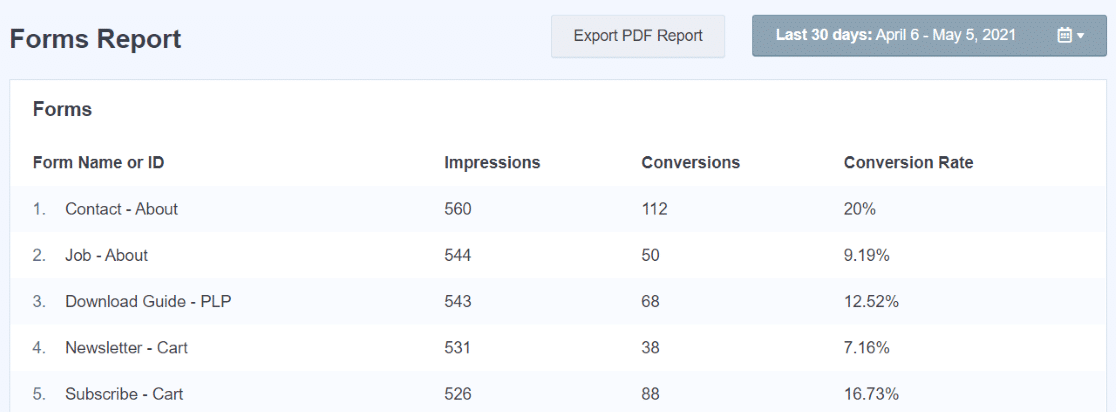What Data Is Google Analytics Goals Unable to Track and Why
What Data Is Google Analytics Goals Unable to Track and Why
Blog Article
Introducing the Blind Destinations: Understanding What Google Analytics Goals Can not Determine
In the realm of digital analytics, Google Analytics stands as an effective device for monitoring and assessing online customer interactions. Nonetheless, amidst its robust capabilities, there exist dead spots that usually avert dimension. Understanding what Google Analytics objectives can not measure is essential for obtaining an extensive view of user actions and involvement. As we delve into the complexities of these blind places, we uncover a complex web of undiscovered regions that hold useful insights right into customer activities and motivations, challenging traditional wisdom and losing light on the limitations of our data-driven understanding.
User Habits on External Platforms
Recognizing how individuals connect on external platforms is vital for enhancing on-line approaches. Outside platforms, such as social networks networks, recommendation websites, and on the internet discussion forums, play a substantial function in driving website traffic to a business's internet site. By examining customer actions on these platforms, services can get important understandings right into the efficiency of their advertising and marketing initiatives and the preferences of their target audience.
One secret facet of user habits on exterior platforms is the reference resource. By tracking where the individuals are originating from, companies can recognize which platforms are driving one of the most traffic to their site. This information can help firms designate their resources better, focusing on the systems that yield the most effective outcomes.

Offline Interactions and conversions
Analyzing user behavior on exterior systems offers useful understandings into on the internet techniques; nevertheless, thinking about offline conversions and communications is just as imperative for an extensive understanding of a company's general efficiency. Offline conversions, such as in-store acquisitions or phone inquiries, play a significant duty in many businesses' success.

Attribution Beyond Last Click
When diving right into the realm of electronic marketing analytics, it ends up being important to look beyond the solitary touchpoint of the last click for an extra comprehensive understanding of attribution. While Google Analytics offers valuable understandings right into user behavior, depending exclusively on last-click acknowledgment can be restricting - what data is google analytics goals unable to track. Acknowledgment versions that surpass the last click provide a much more nuanced sight of the consumer trip, thinking about all the touchpoints that bring about a go right here conversion
Attribution beyond the last click allows marketing experts to assign credit score to numerous communications along the conversion course, offering a clearer photo of the performance of different advertising and marketing networks. By exploring multi-touch acknowledgment designs such as linear, time degeneration, or position-based attribution, companies can better assign their advertising and marketing budgets and maximize their approaches for maximum influence.
Recognizing the impact of each touchpoint in the conversion procedure is crucial for making informed decisions and optimizing ROI. By welcoming acknowledgment past the last click, businesses can acquire deeper understandings right into client habits and customize their advertising and marketing initiatives more successfully.
Cross-Device and Cross-Browser Tracking

In a similar way, cross-browser monitoring complements cross-device tracking by catching customer actions as they switch between different internet internet browsers. Understanding how individuals connect with websites on different web browsers can aid marketing professionals maximize their online experiences to make sure consistency and performance across various systems.
Qualitative Information and Customer Intent
Recognizing user intent with qualitative data evaluation is vital for creating targeted digital advertising approaches that resonate with the needs and choices of the target market. Qualitative information gives insights into the 'why' behind individual actions, clarifying motivations, emotions, and preferences that quantitative information alone can not catch. By analyzing individual responses, remarks, and interactions, marketing professionals click for info can reveal beneficial information regarding individual intent, permitting them to tailor their messaging, web content, and offerings to much better align with what their audience is looking for.
Qualitative data additionally assists in recognizing the context in which customers involve with a site or application. This contextual understanding enables marketing experts to create even more personalized and relevant experiences, ultimately driving higher interaction and conversion prices. By diving right into user intent through qualitative information evaluation, services can get a much deeper understanding of their target market, resulting in a lot more effective marketing methods that meet users' assumptions and demands.
Conclusion
To conclude, Google Analytics goals have limitations in gauging customer actions on exterior platforms, offline conversions, attribution past last click, cross-browser and cross-device monitoring, and qualitative data connected to user intent. what data is google analytics goals unable to track. It is essential for companies to be knowledgeable about these unseen areas in order to supplement their information analysis with various other tools and approaches to acquire an extra extensive understanding of their target market and improve their general electronic advertising methods
By evaluating customer behavior on these platforms, companies can obtain valuable insights into the performance of their marketing initiatives and the choices of their target audience.
Evaluating individual behavior on exterior platforms gives important understandings into online strategies; however, considering offline conversions and interactions is similarly necessary for a thorough understanding of a firm's general performance.In electronic marketing analytics, relocating past last-click attribution to explore cross-device and cross-browser tracking is vital for getting a holistic understanding of user interactions across various platforms and gadgets. By evaluating individual comments, comments, and interactions, online marketers can reveal beneficial information about individual intent, permitting them to customize their messaging, web content, and offerings to much better line up with what their target market is seeking.
By delving right into user intent through qualitative information evaluation, services can obtain a much deeper understanding of their target audience, leading to extra reliable marketing strategies that meet individuals' needs and expectations.
Report this page